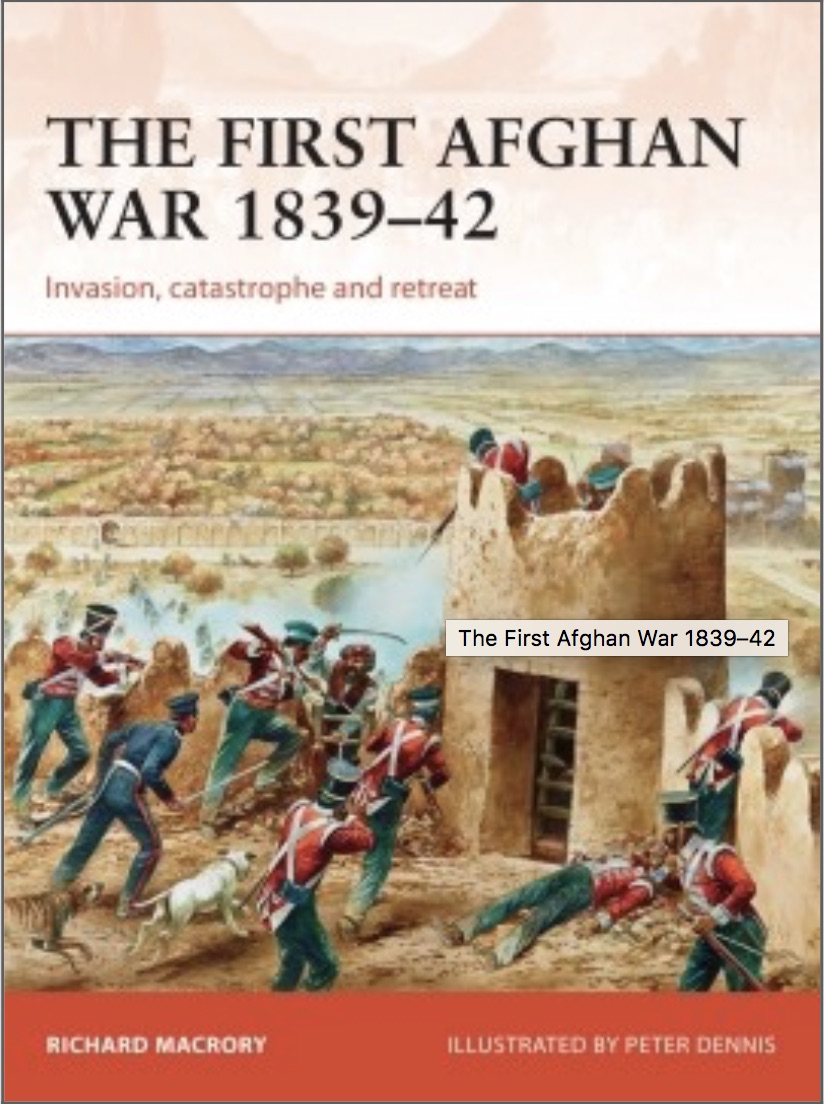WillieB,
Excellent question! I wish I had more definitive information to answer with, but I don't. My primary interest is the Second Afghan War of 1878-1880, but for many years I've also been interested in the First Afghan War of 1839-1842. In 2009 I wrote a chapter on the Retreat from Kabul and the Battle of Jugdulluk, AKA Gandamak, for a friend's Osprey coffee-table book on "Battles of Annihilation." The retreat and battle took place in December of 1841 and January 1842, and I think it's the primary reason why artwork and figures for this war are, as you say, often pictured in winter clothing. I did a lot of research for that chapter, read many books, including several survivor memoirs, and searched various contemporary newspaper and magazine articles I fiound digitized online, but I found very little re: winter clothing/uniforms for the Indian troops in Afghanistan. I found at least one mention of Indian regiments
not being supplied with Winter clothes of any kind at all, which at the time struck me as a bit shocking, considering how cold it gets in Afghanistan during the Winter. But when you think about the dire Winter clothing and supply situation that dogged the British Army in the Crimea more than a decade later, it's not that hard to believe. There were also several mentions of Indian troops wrapping blankets over their uniforms in an effort to stay warm during the Winter, which is what the thousands of Indian camp-followers who accompanied the Army to Kabul did. Again, I wish I could be more definitive. Hopefully someone who knows more about the topic will chime in.
Here's a LINK to the relatively recent Osprey Campaign book on the First Afghan War, which includes a good amount of visual reference, including both period and modern illustrations, maps, and battle diagrams:
https://ospreypublishing.com/the-first-afghan-war-1839-42RE: Your original question on Winter clothes for the Bengal Regiments in Afghanistan, the Osprey book cover, as pictured here --

-- shows Lt. Francis Warren with men of the 5th Bengal Infantry defending the Commissariat Fort on Nov. 4th, 1841. Despite it being November, when the temperature in Kabul can go as low as 33° they're shown without greatcoats or other Winter clothes of any kind, just their standard uniforms. I would think that the artist, Peter Dennis, was provided with the best info available re: what Bengal Army troops would have been wearing at the time.
It should also be said that although the retreat from Kabul to Jugdulluk is probably the best-known action of this little-known war, other major battles were fought during the Summer, such as the Battle of Ghuznee in July 1839, and Pollock and his "Army of Retribution" retaking Kabul in August, 1842. So you can certainly raise troops in standard dress to fight First Afghan War battles.
On the question of resources for the war, I highly recommend "FIERCE PAWNS" by Patrick Macrory, which covers it from start to finish in about 350 pages.